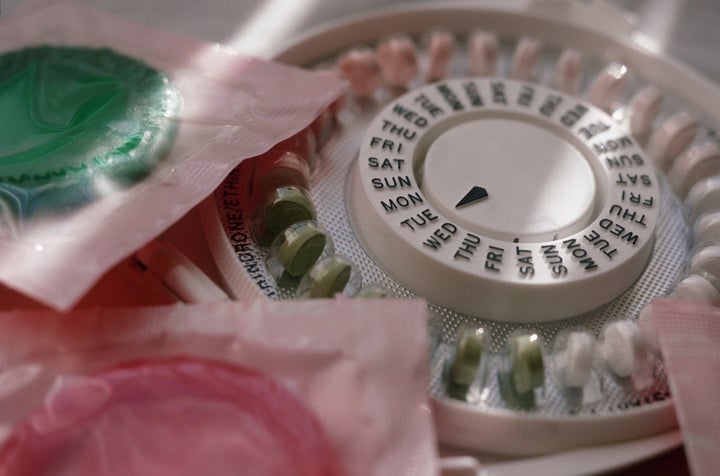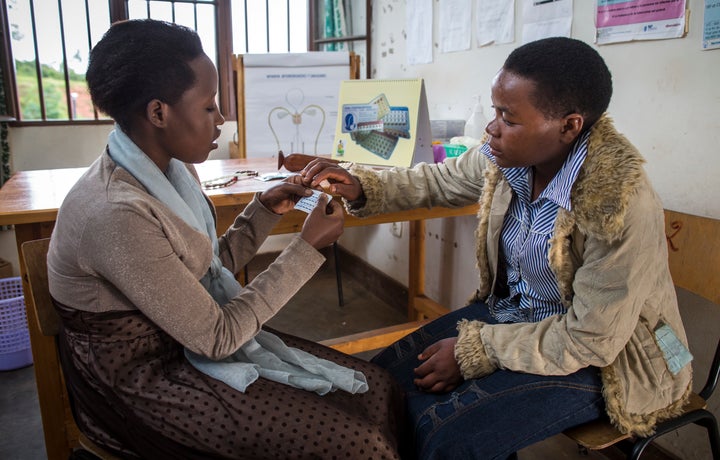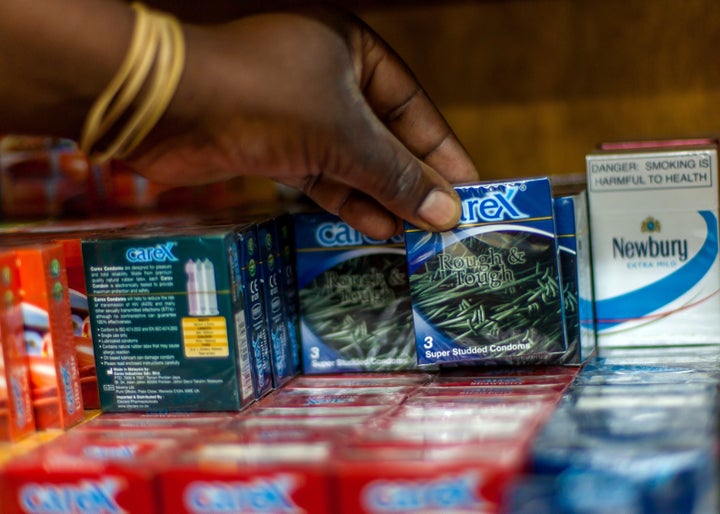
Providing contraception services to all adolescent women in the developing world is financially feasible, and would help reduce maternal and infant deaths, a new report concluded.
On average, getting high-quality contraception into the hands of all sexually active adolescent females between the ages of 15 and 19 who want to avoid pregnancy would cost $770 million a year. That comes out to $21 per user, according to a new report released by the Guttmacher Institute.
Of the 252 million adolescent women who are sexually active in developing regions, 23 million have unmet needs for contraception, according to the report.
Providing such services in the developing world would cost an estimated $7 in direct costs and $15 in indirect costs.
Direct costs include contraceptives and health worker salaries, among other expenses. Indirect costs include many types of programming support, such as staff supervision and training, information and education activities.

The report encouraged investing in youth centers and peer education, where adolescents can get comprehensive and “age appropriate” counseling, along with access to contraception.
Scaling up contraceptive services would have sweeping health and economic advantages, according to the report.
It would result in 2.4 million fewer unsafe abortions and 2.1 million fewer unplanned births.
Fewer unsafe abortions means less funds spent on the associated complications.
Reducing the number of unplanned births is particularly critical considering that complications due to pregnancy and childbirth are the second leading cause of death among this teenage demographic.
In adolescence, pregnant women are more susceptible to developing anemia, malaria, HIV, postpartum hemorrhage and mental disorders, according to the World Health Organization.
Stillbirths and death in the first week of life are also 50 percent more likely to occur to babies born to mothers younger than 20 years old than among babies born to older mothers.
Adolescent childbearing is also linked to lower educational attainment, which can perpetuate the cycle of poverty.
Smaller families translate into more women entering the labor force and enables governments and families to invest more in the health and education of each child.
Teenagers struggle to access contraception due to a range of hindrances, misinformation and cultural barriers.

Some women say they are concerned about health risks associated with contraception. They or their partners may be opposed to contraception and others say they lack access to a source.
Compounding the issue is that only 49 of the 93 countries that provided information to the World Health Organization have laws and regulations that allow minor adolescents to seek contraceptive services without parental or spousal consent.
"It's not enough for me to exist," Yemurai Nyoni, an advocate for the rights of women and girls from Zimbabwe, said at the Women Deliver conference during a session about the Guttmacher report. "I need to thrive."


